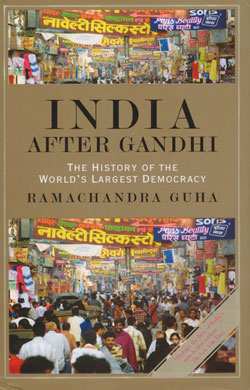The term Adivasi (Adibasi) was coined in the 1930s. It refers to the various “indigenous peoples of India” (adi “original”, “earliest” –vasi “inhabitant”, “settler”):
“Indigenous communities of India are commonly referred to as tribal or adivasi communities and are recognised as Scheduled Tribes under the Constitution of India.” – Archana Mehendale
The preamble of the Indian Constitution sets out objectives of securing to all citizens social, economic and political justice; liberty of thought, expression, belief, faith and worship; equality of status and of opportunity, and aims to promote fraternity and ensure the unity and integrity of the Nation.

Jaipal Singh, a Munda from Chotanagpur (1903 – 1970) argued that the tribals were the ‘original inhabitants’ of the subcontinent. A successful hockey player and gifted speaker, he became captain the Indian team that won the gold medal in the 1928 Olympic Games in Amsterdam. (See also wikipedia.org/wiki/Jaipal_Singh) He formed the Adibasi Mahasabha in 1938 which asked for a separate state of ‘Jharkhand‘, to be carved out of Bihar. In the Constituent Assembly he came to represent the tribals not just of his native plateau, but of all India. “His first speech was made on 19 December 1946 when, in welcoming the Objectives Resolution, he provided a masterly summary of the adivasi case.” – Ramachandra Guha, India After Gandhi: The History of the World’s Largest Democracy (p. 115).
India has the most diversified population of native peoples worldwide:
“According to the official Census held in 2001, Adivasis constitute 8 per cent of the nation’s total population, over 84 million people. Unofficial figures vary significantly but represent a much higher proportion of India’s population.” (unhcr.org; see also Constitution, Tribal culture worldwide, Figures, census and other statistics)
According to J.J. Burman, “the term ‘indigenous peoples’ itself appears to be contentious in the Indian context as there are many claimants to it”. Yet in 2011, a Supreme Court of India Bench cited historical and anthropological evidence that “ancestors of the present Adivasis were the original inhabitants of India” and asserted that “despite horrible oppression on them, the tribals of India have generally (though not invariably) retained a higher level of ethics than the non-tribals.”
Historian Romila Thapar (in an interview for The Hindu on 2 March 2016) asserts that in India, “Hindus, Muslims, Christians, Dalits and Adivasis are all equal citizens. All citizens have the right to debate and discuss their duties towards the state and also the obligations of the state to ensure that the claims to human rights of all citizens are met by the state to an equal degree.”
Yet even the Prime Minister of India felt obliged to concede that for tribal communities “equality” is far to seek after seven decades independence: “The Adivasis, who have made sacrifices during our freedom struggle were not given their due respect and recognition.” (quoted by the Prime Minister’s Office on 4 March 2019, Backup PDF 150 KB)
Continue the guided tour – Part 2 >>
Note: (1) capitalized initials will identify a “Category” label (i.e. more posts on topics of special interest); (2) in an internet browser window, all categories are listed here >>
Updated: 28 July 2024
Tips: ways of viewing, downloading and listening
- follow a guided tour on the present website (start here)
- eBook & Audio version: A guided tour: Archive.org | PDF-Repository
- eBook | Background guide for education: Archive.org | PDF-Repository
- Tribal Cultural Heritage in India in the 21st century (print-friendly PDF, 2 MB)